Not Enough: Examining the Cultural Implications of Westwood’s Warrior Mascot
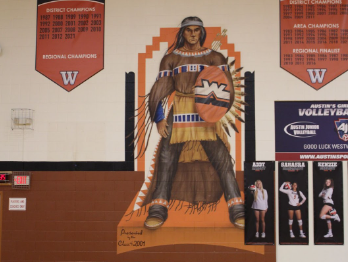
Photo courtesy of Prima Changwatchai
A portrait of an Indigenous person is painted in the field house gym. The school mascot is intertwined with Westwood sports traditions.
At the end of each day at Westwood, a loud and distinctive song blares through the hallways. Although it can represent the end of a long school day for many exhausted students, the fierce and proud melody is hard to ignore.
It’s a war cry.
School mascots have always been used for a variety of reasons, such as performing at events, creating a symbol for a diverse community to unite under, and representing unique identifying features of the surrounding area. When you think of a college or sports team, the mascot is often the first thing that pops into your head. Needless to say, mascots play a large role in the representation of an organization. But when you make your school mascot an ethnicity, you have to consider whether or not it’s ethical to portray the ethnicity that you claim represents you.
Westwood’s controversial warrior mascot, which has long been associated with Indigenous people, has been part of the school since the very beginning. Although it is not clear who was responsible for the decision, it is used today in many instances throughout the school. A large, noticeable painting of an Indigenous person looms on the wall of the gym. At football games, football players run out of teepees, their dramatic emergence accompanied by clouds of steam. A glass mosaic near the front entrance depicts an Indigenous individual with feathers coming out of his head. T-shirts with logos of Indigenous people are abundant throughout the school’s population. But by far the most prevalent example of the Westwood representation of Indigenous culture is the “fight song” that plays every day after school. The tune is deeply ingrained into my memory. As a freshman, I didn’t know what it represented. But now the connection between the energetic notes and the school mascot seems too obvious to overlook.
“[The fight song] is an anthem that evokes visions of charging into battle,” an anonymous faculty member said. “If I was out in public, like if I was out at a festival or something like that, and I heard that song, my mind would go to, ‘I bet they have Indigenous wares or food.’”
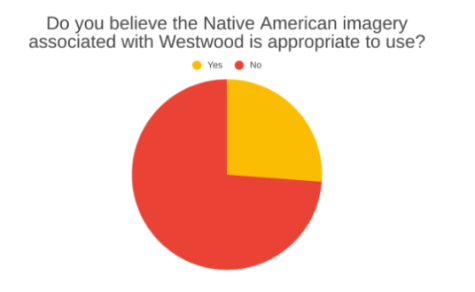
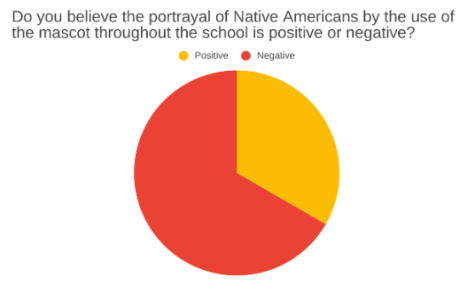
The student body has had somewhat conflicting opinions on this topic. Of the students who responded to a poll about the school mascot, 73.8% believe the Indigenous imagery associated with Westwood is not appropriate to use, and 66.7% believe that the portrayal of Indigenous culture throughout the school paints them in a negative light.
“By having the name ‘Warriors’ and the very intense-looking mascot with the tribal headdress, the school is perpetuating the dangerous stereotype that all Indigenous people are ‘savages,” Nyx Schexnayder ‘23 said. “It is not our place as a school to use [an Indigenous mascot] in the first place.”
On its own, the warrior mascot is not offensive. However, its Indigenous aspects portray Indigenous people as violent and warlike, especially considering the long history of colonization and genocide committed against Indigenous groups.
“Last year I took AP World History and this year I’m taking AP US History, and from what I’ve learned, Native culture is extremely diverse,” Allie Dodero ‘23 said. “I think our school spreads a lot of stereotypes about Native groups and generalizes the complexity of the culture. If we continue to accept racism, especially in a school that claims to value its diverse student body, we’re going against our core values and we’re a part of the problem.”
Not all students agree. Some believe that it is important to preserve Indigenous culture by keeping Indigenous-related imagery and terms around the school.
“To learn about and immerse yourself in another culture is a positive thing,” an anonymous student said. “[Indigenous people are] showcased as strong and resilient people, Warriors, just as the school wishes the students would feel. To change or remove that representation would arguably be more racist than having a strong native warrior as our mascot in the first place. There is no negative representation or appropriation there, just a celebration of a culture.”
It’s true that Indigenous people have been portrayed as strong and resilient, but again, there are negative traits woven into that representation. One way for Westwood to positively celebrate Indigenous culture would be to educate students about the customs and traditions of specific tribes, rather than using Indigenous culture as a logo.
A portion of the students who answered that the Indigenous imagery and terms should be kept argued that it’s just a mascot. However, this claim overlooks the impact the mascot’s usage has on an entire culture. Despite the variety of perspectives that surrounds this issue, it is important to remember that neither side in this ongoing debate deserves hatred or disrespect.
“It’s not that anybody means to perpetuate racism,” Ms. Saenz said. “The actions are careless, not the people. I think it’s important for all sides to recognize that people mean well. We can disagree strongly. But we don’t need to tear each other down.”
In the past, Westwood had a Indigenous staff member who would take school design ideas to a Indigenous council group in the area. The council would then review the designs and decide whether they were respectful or not, according to history teacher Ms. Kelly Saenz, who has been teaching at Westwood for over 30 years. But some of the designs the council approved wouldn’t be viewed as generously today, according to Ms. Saenz. For example, one suggestion from the council was the “flying eagle” award, which was used to honor teachers and show respect for them, because eagles were special to Indigenous culture.
Society has evolved since then, and with an increase in societal awareness comes change. According to Coach Travis Dalrymple, who was a student at Westwood in the late 90s, there used to be a cheerleader at Westwood who would dress up in traditionally Indigenous attire and attend all of the football and basketball games. This tradition was popular with the students at the time. All of the football helmets had depictions of an Indigenous individual on them, and imagery of bows, arrows, and feathers – all items often associated with Indigenous culture – were commonly displayed throughout the school.
Community complaints have reduced the appearances of these items. Nowadays, most of the uses of the Westwood Warriors logo feature a much less controversial symbol: a large, burnt-orange W.
“I think [complaints about the mascot] came from students more than anyone else. There were faculty who certainly felt the same way,” Ms. Saenz said. “It’s not about defending who we were. All societies change. We used to have slavery in this country. We don’t have slavery anymore. Do we have racism? We know we do. We’re an imperfect society. What are we trying to be? A better society. It’s a path. It’s not one day to the next. I think [change] comes from students. I think it has to. If it comes from adults, it comes from the outside.”
Many sports teams with Indigenous names and mascots have followed the widespread trend of changing their outdated monikers. Teams such as the Washington Commanders and Cleveland Guardians dropped their previous names after facing criticism.
If entire sports franchises are taking steps to remove or replace their controversial logos and mascots, there is little stopping Westwood to do the same – because Indigenous people aren’t mascots. They’re people. Westwood needs to begin its disassociation with Indigenous culture as a mascot and remove Indigenous imagery from its halls. In order to further distance itself from its inappropriate use of culture, Westwood can consider replacing its “warrior” component entirely. Suggestions from the student body for alternate mascots include the wizards, wombats, wolves, whalesharks, wildcats, wasps, and woodpeckers. If the “warrior” name is kept, there are options for alternate imagery such as an armor-clad knight, which is much less controversial and changes the connotation of the mascot’s use.
“I’m part Mexican,” Ms. Saenz said. “If a school used, as some in Texas use, stereotypical versions of Mexican Americans as a mascot, I don’t know if I could even express how infuriating it would be. Nobody wants their ethnicity, their national group, their culture, chosen as somebody else’s mascot.”
Westwood’s mascot is officially a warrior. But Indigenous-related imagery adorns T-shirts and walls. The fight song still plays every day after school. And as long as they remain, controversy will linger.

Class of 2025
I love writing, photography, and design, so I’m thrilled to be on Student Press! When I’m not doing journalism work, I’m still typing...



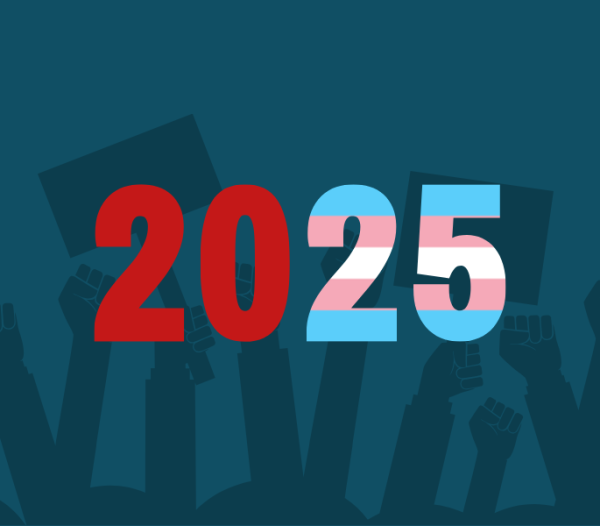

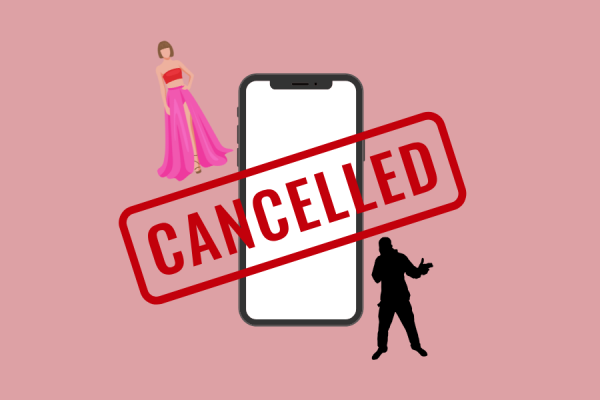

Marcus • Dec 22, 2022 at 8:26 am
I for one would be proud to have someone from my culture be represented as a warrior mascot. Although I was not raised in a very ‘cultured’ household, meaning I never had any serious heart felt celebrations or strict cultural tradition that I followed, I still had a set of principles and beliefs which have always guided me. I never had a tight family or big christmas dinner on the big table. I celebrate my birthdays with my mother. I live simply. And I, as a person, admire the ‘warrior’ mentality, and would love to see a white man portrayed as something other than racist, weak, and arrogant, but instead disciplined, strong, fair, passionate, and able to fight for and defend what he cares about. I would hate to see such a character or mentality be reduced to something as lowly and insignificant as an orange ‘W’.
I don’t think that the whole idea behind the native american warrior as a mascot is to dehumanize and categorize the native american population as a whole into this solely war-like population, but instead to show that we as a population of Westwood should all strive to be more like warriors.
We should all strive to be strong, courageous, and brave.
We should all strive to be fast, agile, and intelligent.
We should all strive to be the most attractive person we can be.
Everyone wants to say that a warrior mascot is offensive but no one can say fighting is a part of being tribal.
Every tribal society in history has prized its warriors. The Norse People, which were the tribes in Scandinavia through the dark ages, believed that to die in battle bravely was a great honor, and that to do so by killing as many people as possible or by being as brave as possible was pleasing to the Gods and would earn them a right to dine at the table with other warriors in valhalla. Their whole culture was founded on this idea of war!
These people, of course, were vikings.
Native americans are notorious for their skill in battle, and were, like the scandinavians, three hundred years ago, tribal people who danced around fires and sacrificed each other and animals to please their Gods of nature. Being a warrior was once something that every MAN WOULD ASPIRE TO BE, and if he didn’t represent this mentality he was often shamed or frowned upon for his lack of masculinity.
I think the problem lies not with our mascot, but with this idea that everyone has fallen prey to.
Humans have been here for about 200,000 years. It is only until very, very, very recently that we’ve become ‘civilized’ folk. Turn back the clock an inch and cell phones, cars, planes, buildings as we know them, and modernity, dont exist.
We have this belief that violence is scary and warriors are evil but in reality we shouldn’t be afraid. We should all aspire to be like warriors. We should all be feared,
and loved.
And I think that the person who came up with the mascot wasn’t thinking about the native americans or the scandinavians or whatever other tribes culture, really, but instead the long forgotten mentality that is ‘being a warrior.’ And I think that it is this mentality that all of us, especially men, should aspire to achieve.